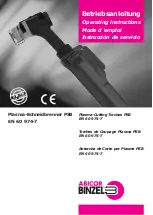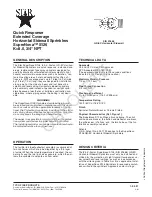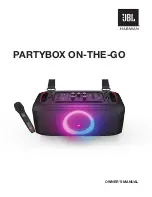
7
Wall Assembly
The wall where the unit is to be assembled may not be
made of flammable materials. Its load-bearing capacity
must be tested and, if necessary, reinforced.
Consoles must be anchored firmly to the wall and the
units attached here. There must be adequate room to
perform maintenance work on the heat-exchanger,
burner, fan and exhaust system.
You must observe the following.
Operating mechanisms for the unit and the combus-
tion air supply must be able to be operated from the
ground.
Tools needed for monitoring, service and repair work
must be supplied by the operator.
Outside Setup
Units that are set up outside must be adequately pro-
tected from weather conditions so that they do not have
any harmful effects or cause any unreasonable annoy-
ances during operation.
The units may only be equipped with armatures and
control devices that are suitable for outside use. If not,
the control devices and switches must be protected ac-
cordingly.
Annual Inspection and Service
The operator must have the unit checked and serviced
as necessary, at least once a year, by a representative
of the manufacturing company or another authorised
individual in accordance with the operating conditions.
The units must be checked for operational readiness,
functional safety, efficiency and compliance with emis-
sion limits. The operator must be informed if defects are
found. He must then have the unit serviced immediately
or its components replaced.
The following applies:
Maintenance work on limiting devices, self-
adjusting devices and flame monitoring devices as
well as on other safety mechanisms may only be
performed by the respective manufacturer or his
representatives.
On the other hand, the individual contracted to ser-
vice the unit may only replace components or as-
semblies with those provided by the manufacturer
or his representatives.
Setup and Assembly
Unit Setup
When setting up the units, the regional provisions and
regulations must be observed.
The units may only be operated with accessories that
have either been approved by the manufacturer or sup-
plied with the units.
Proceed as follows to set up the units:
1. Remove the transport pallets or crates or other
packaging material before set up/assembly.
Check the units for any damage.
When assembling, place the units securely on the
ground, preferably on a separate platform and en-
sure that they are current-free.
Make sure that the fan capacity (rated pressure) has
been adjusted to the corresponding resistance on
the air side.
Measure rated current.
Make sure that air can flow freely into and out of the
units.
Make sure that there is a sufficient supply of air for
combustion.
If there are unfavourable pressure conditions in the
setup room or strong air impurities, install a burner-
driven device that sucks in fresh air from the outside.
Assembling Suspended Units
The units may only be attached to sturdy structures or
ceilings that are made of non-flammable materials and
have adequate load-bearing capacity.
Sturdy mounts fixed on the unit are used to attach it. In
addition, the requirements listed in the section “Wall As-
sembly” must be observed.
Electrical Installation
The electrical connection of the units may only be per-
formed by authorised personnel in accordance with the
relevant regulations (including any local ones).
An easily accessible emergency switch must be at-
tached in the setup room.
All generally accessible switches must be
protected against damage and unauthorised use!
Thermostat Installation
The room thermostat (accessory) or day/night regulator
(accessory) is connected via special connections.
You must observe the following.
The room thermostat (accessory) must be placed in
the most ideal location in the room for regulating
temperature.
The thermostat sensor may not be exposed directly
to a particularly cold or warm air current.
The thermostat sensor may not be attached to a
cold surface.
The process is the same for installation of an auto-
matic day/night temperature regulator (accessory).





































